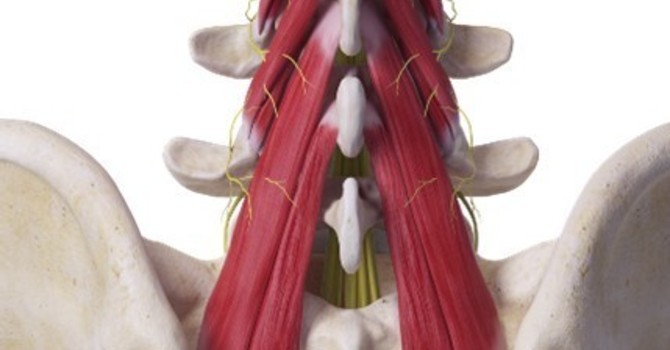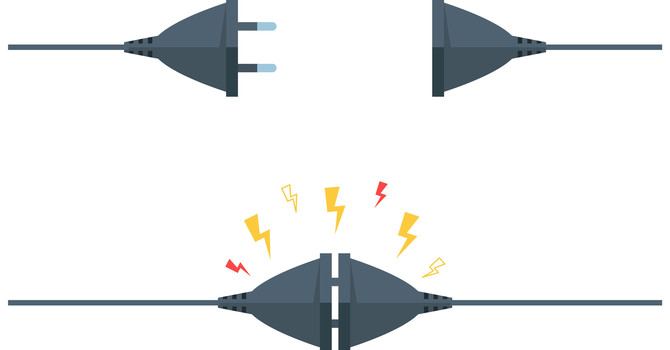
Shoulder pain is a common complaint that can significantly impact your quality of life.
Shoulder pain is often constant, and unrelenting, whether working, driving, eating or trying to sleep. It is psychologically debilitating due to the nature of the pain. I have found this area of injury described as sharp, deep and severe and can travel into the upper back and down the whole arm.
As chiropractors, Dr Olson and I have been successfully treating this debilitating condition throughout our careers. In fact, after low back and neck pain, shoulder pain is the third most common complaint we treat at the Edgemont Chiropractic Clinic. Relief of pain, although rarely as quick as spinal pains, might be the most appreciated by our patients.
The shoulder joint is the most complex and highly mobile of all body structures, making it susceptible to various injuries and conditions. For such a geographically small region, it is highly supplied with pain-sensitive (nerves, muscle/tendons, bursa, joint capsules, and ligaments) structures.
In this blog, I’ll briefly discuss the main causes of shoulder pain, the most effective treatments, and a range of exercises that can help alleviate discomfort and improve shoulder health.
Causes of Shoulder Pain
Rotator Cuff Injuries:
The rotator cuff is a group of four muscles and their tendons that stabilize and provide mobility to the shoulder joint. Injuries or tears to these structures can result from overuse, trauma, or age-related degeneration. Rotator Cuff injuries may be the most common cause of shoulder pain.
Tendinitis:
Inflammation of the tendons in the shoulder, such as the biceps tendon or the tendons of the rotator cuff, can cause pain and discomfort. A few of these tendons cross under and above bony structures that get squeezed and overpulled and then, possibly torn.
Bursitis:
Bursitis occurs when the bursa sac in the shoulder becomes inflamed. The bursa is a fluid-filled sac that helps reduce friction between tendons and bones. Once inflamed, the pain can be the most severe of all shoulder conditions.
Osteoarthritis:
Degeneration of the shoulder joint can lead to arthritis, resulting in pain, stiffness, and reduced mobility.
Cervical Nerve Impingement: (OUR UNIQUE EXPERTISE)
The shoulder is supplied for all of its feeling and power from the nerves originating from the neck. An inflamed/irritated nerve from this region is often involved in shoulder pain. (*I once suffered with this as the cause of a horrible deep, boring shoulder pain. Once my neck was adjusted, I had instant relief).
Shoulder Joint (Gleno/Humeral) Malposition:
Being a shallow ball and socket joint that is easily malpositioned, its malposition causes stress upon the pain-sensitive holding structures. (* I find this to be present in most shoulder pain conditions).
Effective Treatments for Shoulder Pain:
The treatment of shoulder pain depends on the cause. Here are some effective approaches:
Manual Therapy:
As Chiropractors, Dr Olson and I improve the mobility and position of bony/joint structures causal to the pain. We are trained in soft tissue therapies and Rehabilitative exercises to stabilize and strengthen the shoulder. As written, when cervical nerves are causal, we are uniquely skilled at alleviating pressure on them.
Rest:
Give your shoulder time to heal by avoiding activities that worsen the pain.
Ice and Heat:
Applying ice or heat can help reduce inflammation and ease pain. Cold packs are beneficial for acute injuries, while heat is more suitable for muscle tightness and chronic pain.
Areas not within the remit of a Chiropractor: If asked by a patient for information on such, we would refer you to your medical physician. These are found below:
Medications:
Over-the-counter pain relievers like ibuprofen or prescription medications can help manage pain and inflammation.
Injections:
Corticosteroid injections to reduce inflammation and alleviate pain.
Surgical Interventions:
In some cases, surgical procedures may be necessary, such as rotator cuff repair or joint replacement for severe arthritis.
Exercises to Help with Shoulder Pain:
Exercise can be an essential part of recovery. Here are some exercises that may be beneficial:
IMPORTANT: These are REHABILITATIVE EXERCISES and should only be undertaken UNDER THE DIRECTION of a health care provider familiar with your condition.
Rotator Cuff Strengthening:
External and internal rotations with resistance bands or light weights can help strengthen the rotator cuff muscles.
Range of Motion Exercises:
Wall crawls and pendulum exercises.
Scapular Stabilization:
Strengthening the muscles that stabilize the shoulder blades can help improve posture and reduce pain. Exercises like scapular retractions and chin tucks are effective.
Stretching:
Gentle stretches for the chest, shoulders, and neck can help relieve tension and improve flexibility.
Isometric Exercises:
Isometric exercises involve contracting muscles without movement. These exercises can be helpful during the early stages of recovery or when movement is limited.
Conclusion
As you can see from this blog, shoulder pain has numerous causes and so a correct diagnosis is essential to create a comprehensive Treatment Program.
As written above, this is a complex joint with numerous pain-sensitive structures. It usually takes time, patience, and persistence. It's essential to work closely with a healthcare professional to determine the cause of your shoulder pain and develop a personalized plan for your recovery.
If you are suffering, please speak with us.
Dr. Christopher Walker
Contact Me


